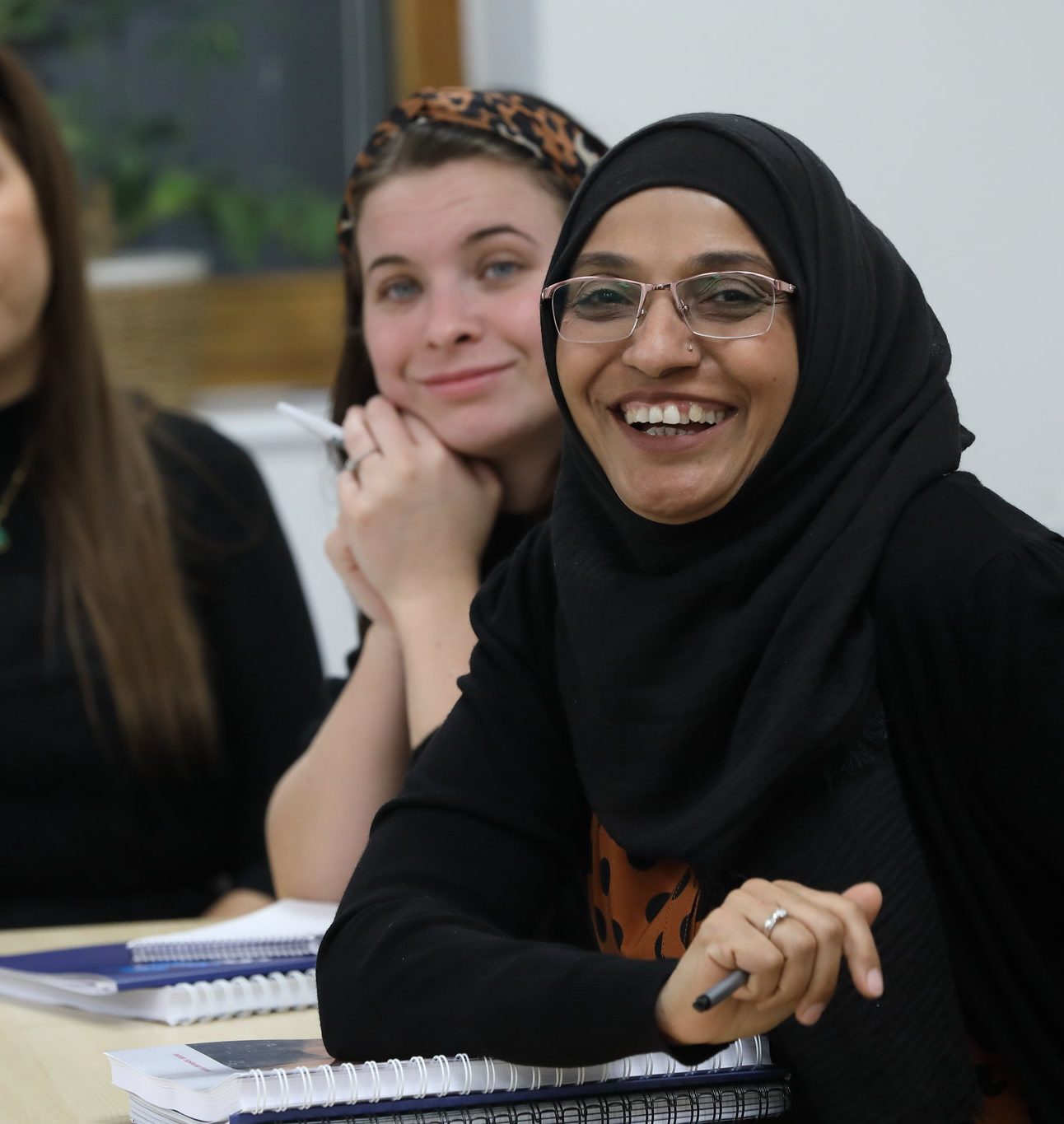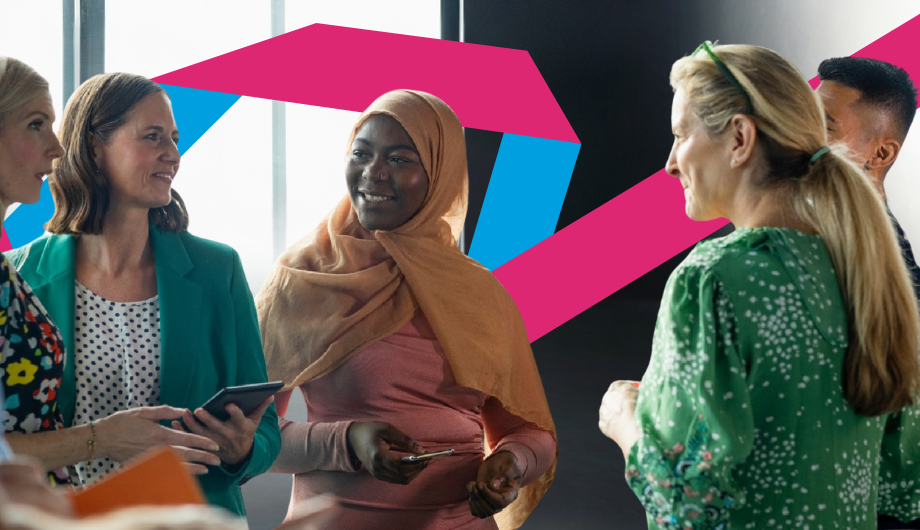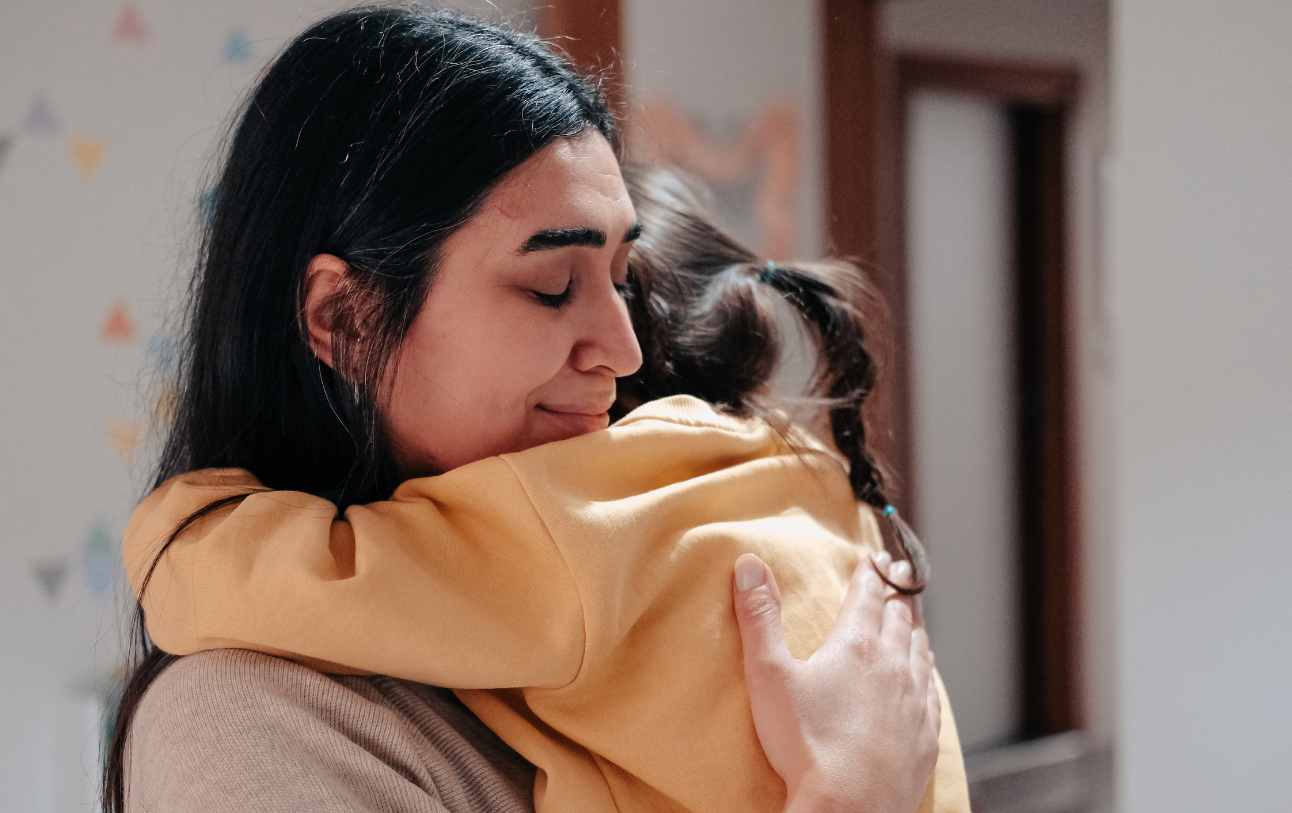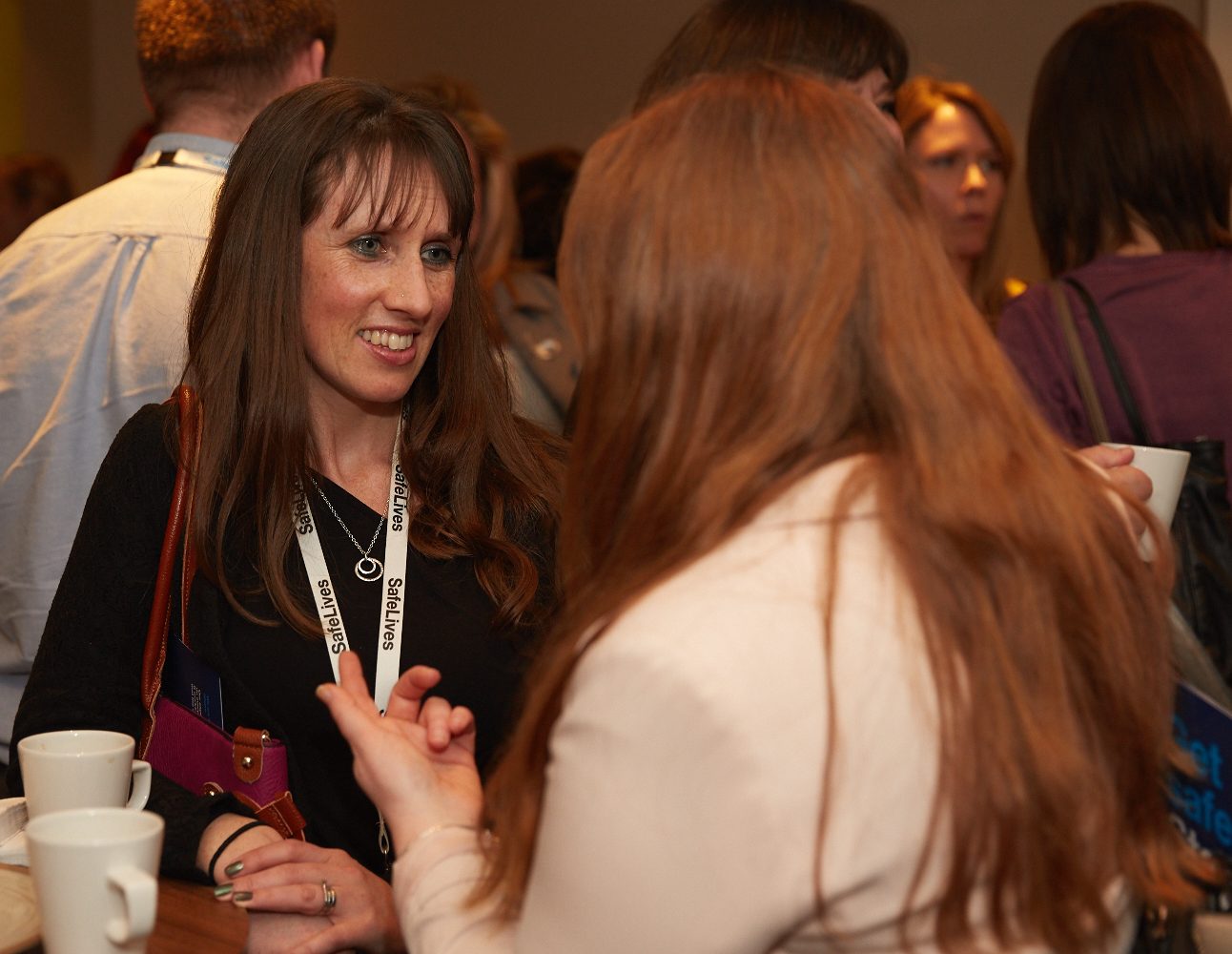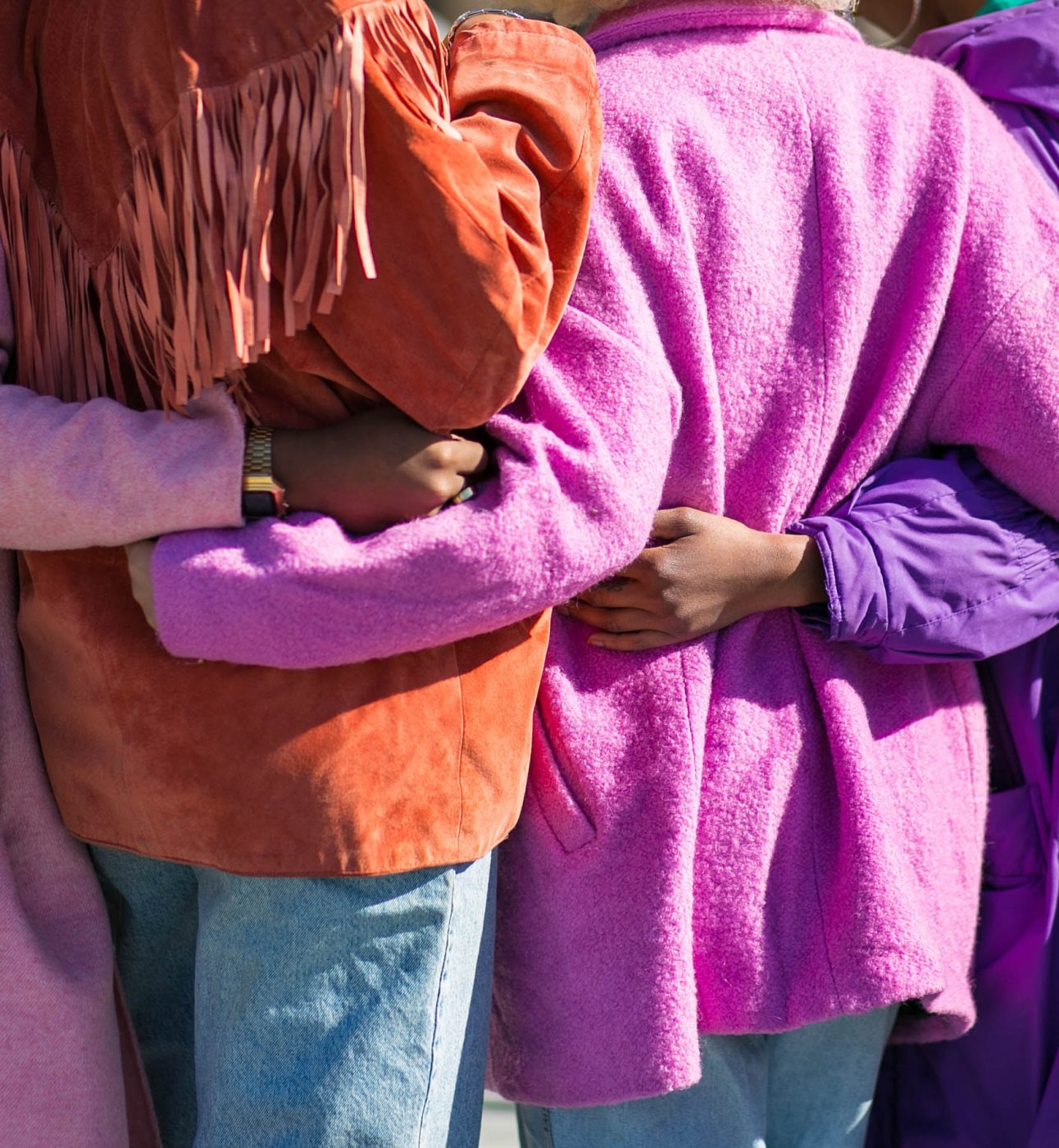Why this strategy, why now?
Domestic abuse is still happening at epidemic levels. Every year, millions of adults and children are harmed by someone they should be able to trust. Yet survivors are too often blamed, ignored or retraumatised. Services are disconnected. Risks are missed. Recovery is delayed.
These failures are even more acute for those who face intersecting barriers and marginalisation, leaving them less likely to be seen, heard or supported.
It doesn’t have to be this way.
We believe a future without domestic abuse is possible. But getting there takes a whole picture response – one that sees the whole person, the whole family, and the whole system around them.
Our priorities for 2025–2028
To stay focused and accountable, we’ve identified six strategic priorities:
1. Whole Picture Framework
Developing a national blueprint of what good looks like – so every area can deliver a consistent, joined-up response that works for all families, including those furthest from support.
2. Authentic Voice
Expanding survivor leadership in all parts of the system – so people with lived experience help shape the change that affects their lives.
3. Evolving the risk pathway
Redesigning how risk is understood and addressed – so more people are supported to safety sooner, with models that reflect coercive control, intersectionality and the realities of children’s experiences.
4. Workforce development and sector engagement
Equipping professionals across agencies with the skills, knowledge and confidence to respond safely and effectively to both survivors and those who harm.
5. Safe Young Lives
Improving the response for children and young people – both in their families and in their own intimate relationships—so they are seen, heard and supported.
6. Perpetrator accountability
Strengthening approaches that hold perpetrators to account and offer safe routes to change – especially in underserved communities—so we reduce repeat harm and increase safety for all.
A strategy built to deliver change
Everything we do is focused on turning insight into action – supporting systems to respond earlier, more effectively, and with the whole picture in mind. That means:
- Co-creating tools and standards with professionals and survivors
- Training and supporting a confident, trauma-informed workforce
- Using our insights to influence national policy, local commissioning and public attitudes
- Collaborating across sectors to embed joined-up thinking and action
We know this is ambitious. But ambition is exactly what’s needed.
Join us
We cannot end domestic abuse alone. But together – with survivors, communities, professionals, funders and policymakers—we can find what works and help it happen.
Together, we can end domestic abuse, for everyone, for good.
Get involved and stay updated
Donate, partner or support us
